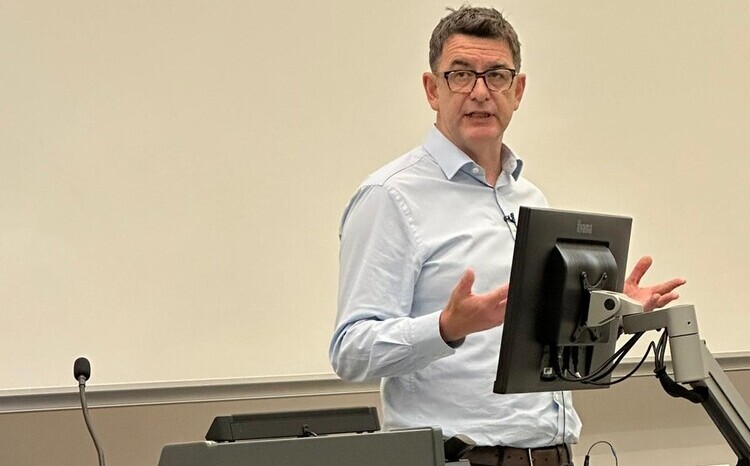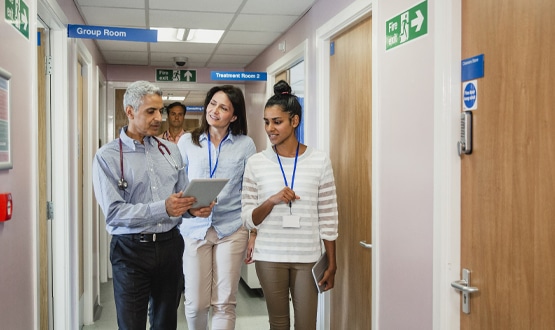Plymouth moves 6,200 machines to Win7
- 8 August 2014

A team from Plymouth ICT Shared Service is in the final stages of migrating more than 6,200 PCs, laptops and mobile devices to Windows 7, after a seven month project.
All the machines used by staff at the acute hospital, community trust, and smaller sites that are supported by the service had been running one of Microsoft’s obsolete operating systems; “Windows XP or older.”
Microsoft formally ended support for XP this spring, even though many NHS organisations, councils, police forces and banks are still major users of it.
The Cabinet Office negotiated a year’s extension for the public sector in England, but made it clear that it expected trusts and other public bodies to put robust migration plans in place.
The NHS has been a big user of XP, both because it was supported by an Enterprise-wide Agreement that was signed by the company and NHS Connecting for Health, and because many clinical applications were written for it.
Jocelyn Geany, the project manager for the Plymouth project, said the biggest challenges were the sheer number of devices in use locally, the age of many of those devices, and the number of systems that were not Windows 7 compatible.
She also said that the service looked at moving to Microsoft’s more recent OS, Windows 8, and non-Microsoft platforms.
However, the team decided that while the first “was good for mobile devices” it would not suit its desktop estate, and the second was “just too big a leap.”
Andy Blofield, the director of the shared service, added: “We have more than 60 applications, so we have to stick with something that will work with most of them.
“I do not think we would have had any sleep at all if we had tried to do something else, like move to a whole new platform.”
Although the team had to tackle some sites and specialist systems on a one-off basis, it was able to send images over Microsoft’s System Centre Configuration Manager to most machines.
However, it left it to users to upgrade their own machines, so they could pick a time to suit them. “We let users take control of migrating themselves,” Geany explained.
“The machines were not available for about an hour when this happened, and we did not have the resources to sit with people for all that time. So we asked them to tackle it.”
Despite this, the service ran poster campaigns and deployed floor walkers during the migration period. And it found there were additional benefits to asking users to manage their own migration.
Luke Herridge, IM&T support desk manager, said users chose exactly what to migrate and picked up new skills that will help them to better manage their machines in future. “In the end, we only had a handful of issues,” he said.
Blofield said that, overall, it has been “pleasantly surprised” by the response of users, who were both “keen to move to a new operating system” and “to do it themselves.”
He also said the project had left the service in a better position to go into the market for some major IT systems. “We are looking to replace our patient administration system and to start working towards paperless,” he said.
“We can now say that we are on Windows 7, and that makes a big difference. We do not want to be buying something that runs on XP. We want modern systems.”
The team stressed that the migration had been a success because it had been run as a focused project, that kept in scope, and had resources dedicated to it. Blofield urged trusts in a similar position to take the same approach: “You can’t do this as part of the day job.”
On the other hand, he said: “The problem with this kind of project is that you can get planning blight. It all looks so hard you never get beyond planning. You just have to get on and do it.”




